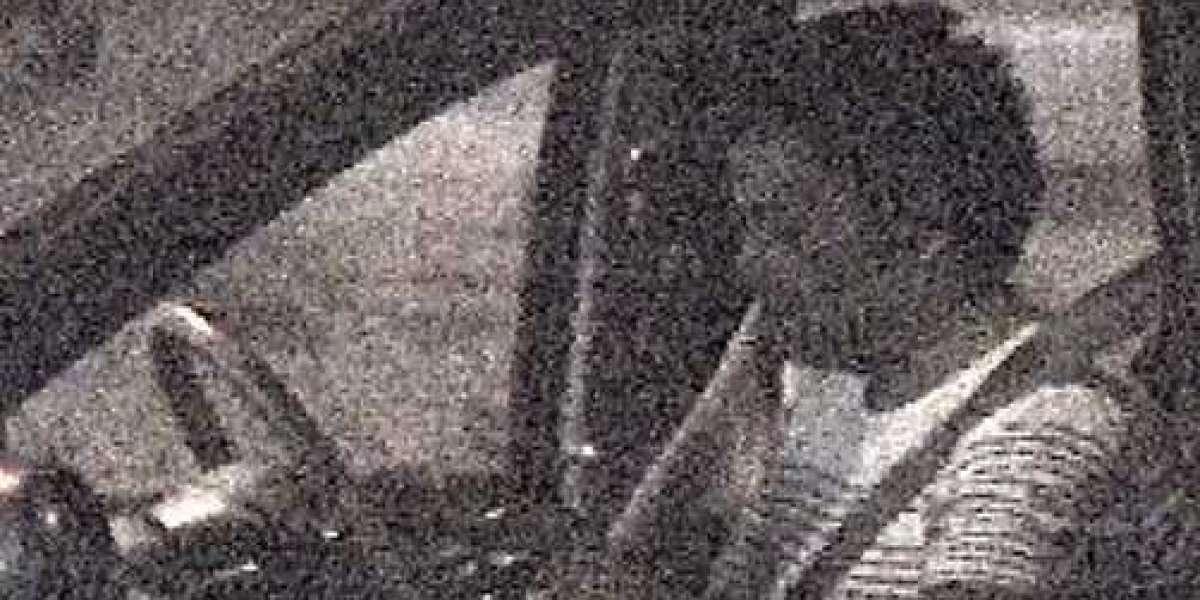Introduction
When it comes to forensic analysis, accurate measurements play a vital role in understanding crime scenes and presenting evidence in court. In this article, we will explore three essential measurement tools used by forensic experts to gather crucial information and support their investigations.
1. Digital Vernier Calipers: Precision at Your Fingertips
Digital Vernier Calipers are handheld devices that provide precise measurements of small objects or features found at crime scenes. With their ability to measure length, depth, and thickness, these calipers assist forensic experts in examining evidence such as shell casings, tool marks, or microtraces.
The digital display of Vernier Calipers allows for easy reading and accurate measurements to the nearest hundredth of a millimeter. They also often include data output capabilities, enabling the direct transfer of measurements to a computer or database for further analysis and comparison.
2. Bloodstain Pattern Analysis Templates: Decoding the Scene
Bloodstain pattern analysis is a critical aspect of forensic investigations, helping to reconstruct events and understand the dynamics of a crime. Forensic experts utilize bloodstain pattern analysis templates, which consist of pre-drawn grids and geometric shapes, to measure and document bloodstains accurately.
These templates assist investigators in determining the angle of impact, the point of origin, and the type of bloodstain pattern present at a crime scene. By carefully measuring and documenting these patterns, forensic experts can provide valuable insights into the sequence of events and assist in building a cohesive narrative.
3. DNA Quantification Kits: Measuring the Invisible
DNA evidence is often crucial in linking individuals to a crime scene. Forensic experts rely on DNA quantification kits to measure and determine the concentration of DNA extracted from samples. These kits utilize a variety of methods, such as fluorescence-based quantification, to provide accurate measurements of DNA concentration.
By quantifying DNA, forensic experts can ensure they have sufficient genetic material for further analysis, such as DNA profiling or comparing samples to a known reference. These measurements are essential for generating reliable and admissible DNA evidence that can withstand scrutiny in court.
Conclusion
Crime scene measurement tools are indispensable for forensic analysis, allowing investigators to gather accurate data and support their findings. Digital Vernier Calipers, bloodstain pattern analysis templates, and DNA quantification kits are just a few examples of the diverse range of tools used in forensic investigations. With the advancement of technology and scientific methods, these tools continue to improve, enabling forensic experts to uncover crucial evidence and contribute to the pursuit of justice.





